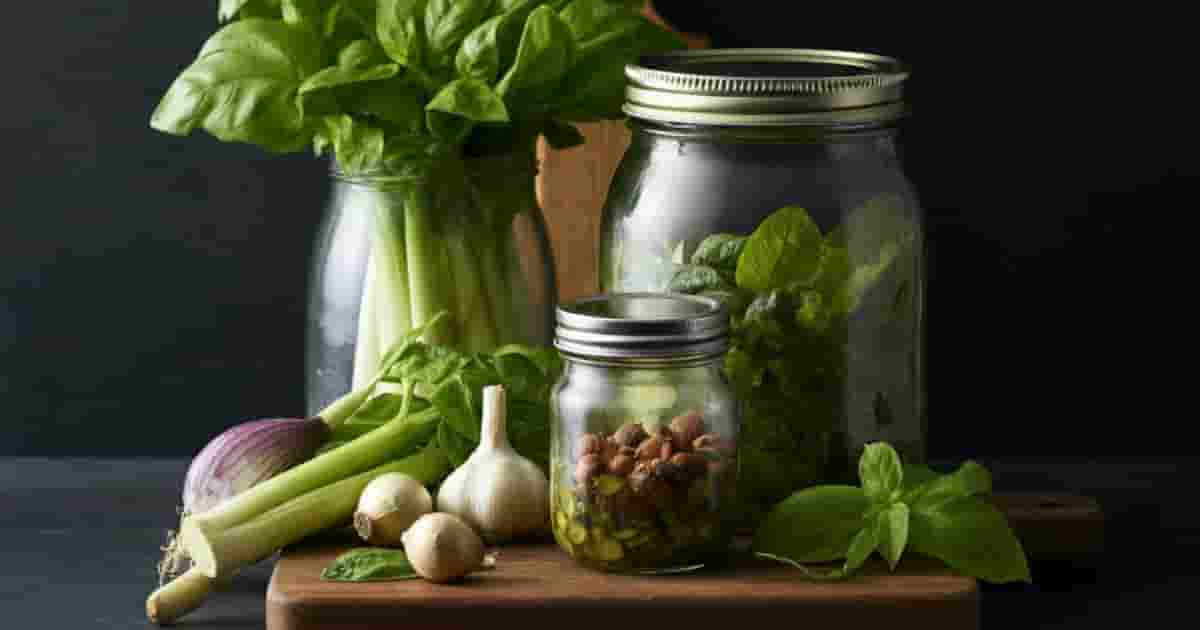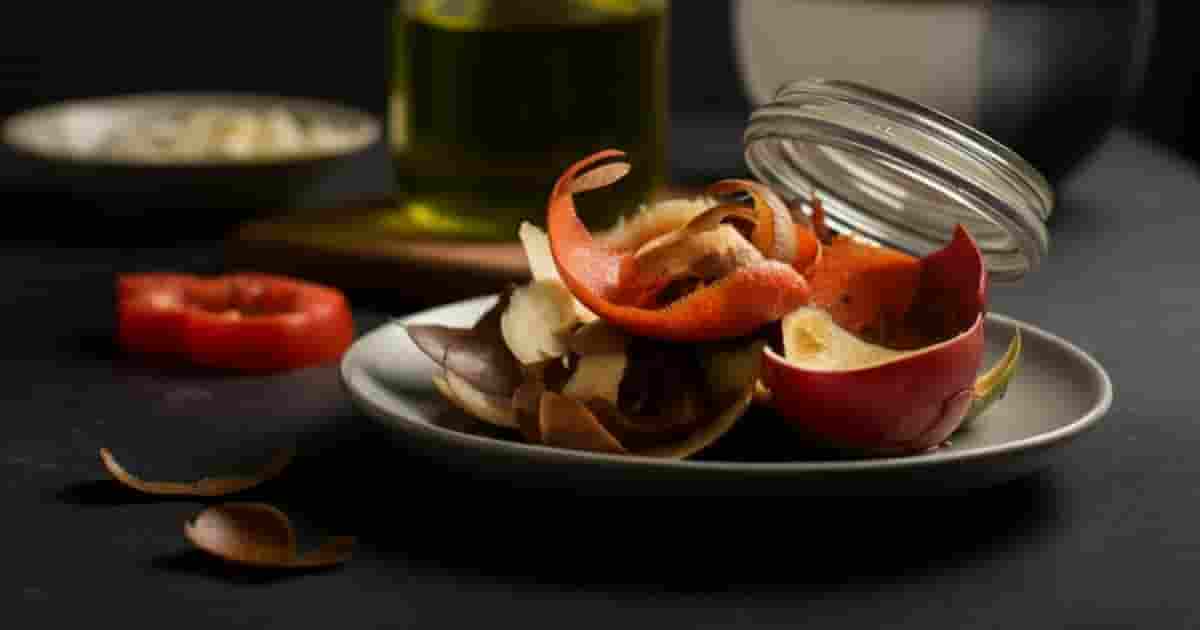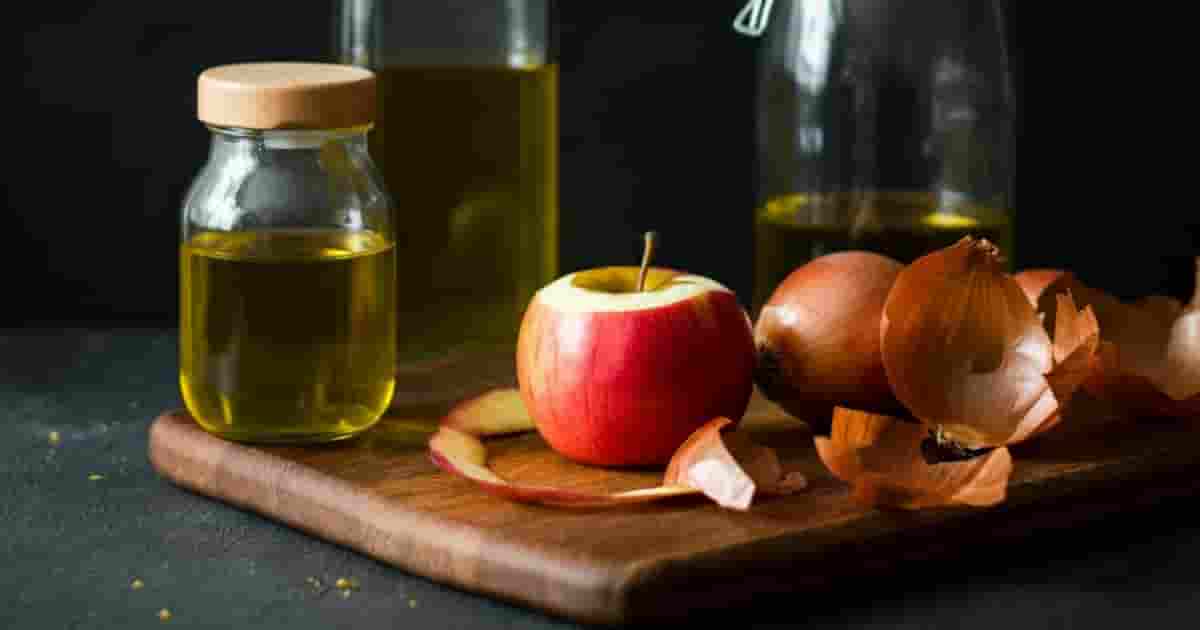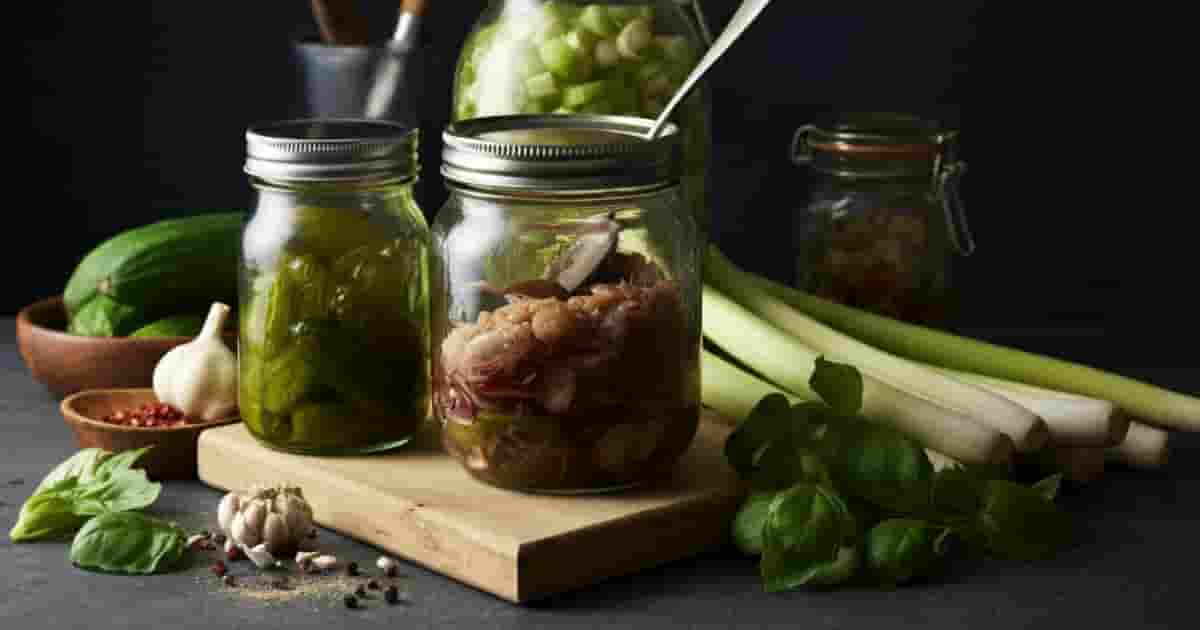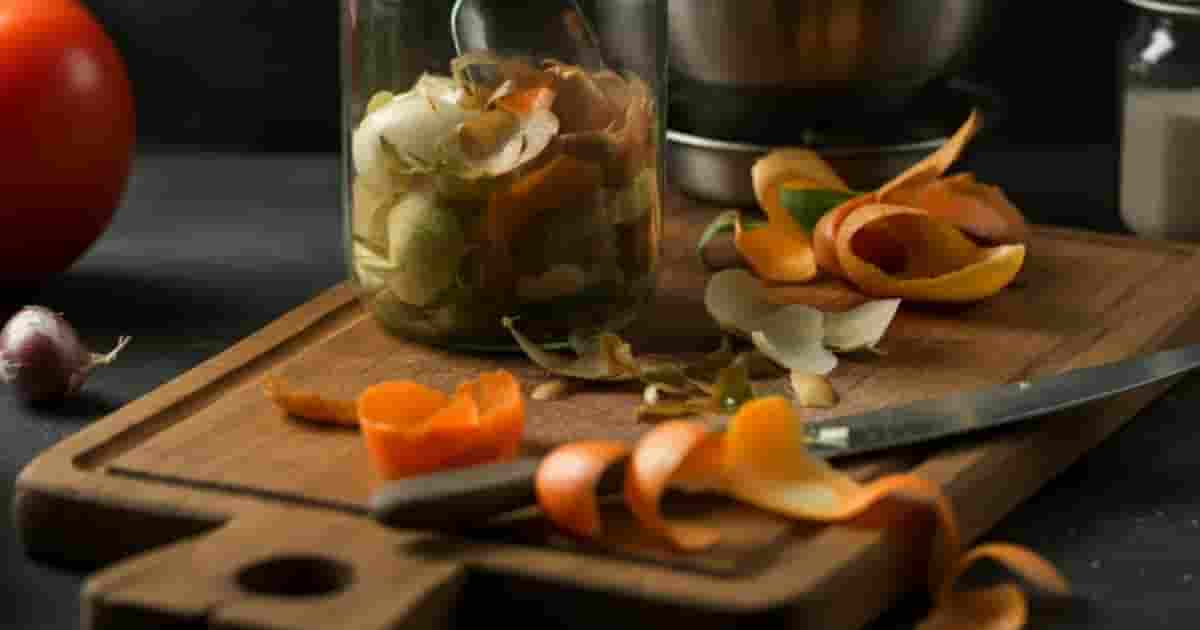
Did you know that Pakistan wastes an estimated 36 million tons of food every year? That’s nearly 40% of all food produced, while 37% of the population faces food insecurity. According to the Pakistan Institute of Development Economics (PIDE), food waste costs the economy billions of rupees annually, making it a serious challenge in a country where millions struggle to afford daily meals.
The situation in the United States is just as alarming. Up to 40% of food goes uneaten, amounting to 125 to 160 billion pounds of waste annually—a staggering $218 billion loss in production, transportation, and disposal costs. For an average family of four, this means throwing away $1,350 to $2,275 worth of food every year!
Globally, food waste is an even bigger crisis. Around one-third of all food produced worldwide—approximately 1.3 billion tons per year—is wasted, causing nearly $1 trillion in economic losses. At the same time, up to 828 million people suffer from hunger, highlighting the devastating imbalance in food distribution.
But the good news is that we can all be part of the solution. Zero waste cooking is a simple yet powerful way to cut down on waste, save money, and reduce environmental harm. By making smarter choices in the kitchen—using every part of our ingredients, storing food properly, and repurposing leftovers—we can help create a more sustainable future.
Ready to transform your kitchen into a zero-waste zone? Let’s get started!
Difference Between Zero-Waste Cooking and No Waste Cooking
Zero-waste cooking is a sustainable practice that aims to reduce or completely eliminate food waste by using every part of an ingredient, from stems and leaves to seeds and peels. The concept focuses on resourcefulness, creativity, and environmental responsibility.
No waste cooking is the art of preparing meals in ways that minimize leftovers and food scraps while maximizing the use of all ingredients. By adopting zero-waste cooking, households can significantly reduce food waste and save money.
Difference Between Food Loss and Food Waste
Food loss occurs during the production, harvesting, and transportation phases, while food waste happens at the consumer level due to spoilage, over-purchasing, or improper storage.
How to Prevent and Reduce Food Waste in Your Kitchen
Preventing food waste starts with awareness and actionable steps:
Seven Simple Strategies
- Store Food Properly: Use airtight containers to extend freshness.
- Adopt FIFO (First In, First Out): Use older ingredients before newer ones.
- Freeze Leftovers: Save uneaten food for later consumption.
- Repurpose Leftovers: Transform yesterday’s meals into new dishes.
- Monitor Portion Sizes: Avoid serving excessive quantities.
- Donate Surplus Food: Support local food banks with extras.
- Compost Scraps: Turn inedible parts into organic fertilizer.
Think Like Trash Doesn’t Exist
By shifting our mindset and seeing every part of our food as usable and valuable, we can drastically reduce food waste and contribute to a more sustainable lifestyle. Here’s how to reframe your thinking and adopt a zero-waste mentality in the kitchen.
Rethink What “Waste” Really Means
Most of what we throw away isn’t actually waste—it’s potential. The vegetable scraps you toss after cooking? They can become nutrient-rich broth. Stale bread? It’s perfect for croutons or breadcrumbs. Citrus peels? They can add flavour to dishes or be used as natural cleaners.
Challenge Yourself:
- Before you throw something away, ask: Can I repurpose this?
- Look for creative ways to use every part of your ingredients.
Treat Food Scraps as Ingredients
Instead of seeing food scraps as trash, think of them as bonus ingredients waiting to be used.
Ideas to Use Every Part of Your Food:
- Vegetable peels and scraps → Make homemade broth.
- Citrus peels → Add zest to dishes, create infused water, or use for natural cleaning.
- Herb stems → Blend them into sauces, pesto, or soups.
- Banana peels → Use them to make compost or even turn them into a meat substitute.
- Leftover rice or bread → Turn into pudding, stir-fry, or stuffing.
How to Shop Smarter
A zero-waste mindset isn’t just about reusing scraps—it’s also about being mindful of what you buy.
✅ Plan your meals before grocery shopping to avoid impulse buys.
✅ Buy loose produce instead of pre-packaged items to reduce plastic waste.
✅ Choose whole ingredients that can be used in multiple ways.
✅ Learn proper food storage techniques to keep food fresh for longer.
When you buy only what you need, you automatically waste less and save money.
Compost What You Truly Can’t Use
Even with the best zero-waste efforts, there will still be some inedible food scraps—such as egg shells, coffee grounds, and tough fruit pits. Instead of sending them to landfills, composting is the perfect solution.
Why Compost?
✔ Diverts food waste from landfills, reducing methane emissions.
✔ Creates nutrient-rich soil for gardening.
✔ Closes the food cycle by returning organic matter to the earth.
If you don’t have space for composting, look for local composting programs or community gardens that accept food scraps.
Turn Your Kitchen into a Zero-Waste Zone
A zero-waste mindset extends beyond food—it’s also about reducing packaging waste, avoiding single-use plastics, and making sustainable choices.
Simple Swaps for a Zero-Waste Kitchen:
♻ Use reusable storage containers instead of plastic wrap.
♻ Choose cloth towels instead of disposable paper towels.
♻ Buy from bulk stores to avoid excess packaging.
♻ Use beeswax wraps instead of plastic bags.
Every small change adds up to a major impact on reducing household waste.
So, the next time you’re about to throw something away, pause and ask yourself:
💡 Is this really trash, or is there another way to use it?
It is also worth reading about top non-recycleable household items.
Cook Every Part: Embrace Nose-to-Tail and Root-to-Stem Cooking
Nose-to-tail (for meat) and root-to-stem (for plants) cooking are sustainable approaches that ensure nothing goes to waste. By using the entire ingredient, you not only reduce food waste but also get the most out of your groceries, saving money and enhancing flavours in your meals.
Here’s how to think beyond scraps and use every part of your ingredients creatively:
Don’t Toss the Stems—They’re Packed with Flavour
✅ Kale and Swiss chard stems → Finely chop and sauté them with garlic and olive oil for a crunchy side dish, or blend them into smoothies for extra fiber.
✅ Broccoli stems → Peel and shred them into a coleslaw or roast them alongside the florets. They’re also perfect for stir-fries and soups.
✅ Cilantro and parsley stems → Blend them into sauces, marinades, and pesto for an extra burst of flavor.
✅ Cauliflower stems → Steam and mash them into a creamy puree, or dice them into stews for a hearty texture.
Greens Are More Than Just Leaves—Use Them!
Did you know that radish, beet, and turnip greens are completely edible and loaded with nutrients?
✅ Radish greens → Sauté with garlic and chili flakes for a peppery side dish, or mix them into scrambled eggs.
✅ Beet greens → Use as a substitute for spinach or kale in soups, curries, and salads.
✅ Turnip greens → Toss them into a stir-fry or blend them into a pesto for a unique twist.
✅ Carrot tops → They have a mild, earthy taste—perfect for making a homemade pesto, chimichurri, or herb-infused oil.
Fronds & Leaves—The Secret to Next-Level Flavour
✅ Celery leaves → Chop and sprinkle them over soups, stews, and salads for a fresh, herby taste.
✅ Fennel fronds → Use them as a garnish for seafood dishes, blend them into pesto, or steep them in herbal tea.
✅ Carrot tops → Mix them into rice dishes or use them as a seasoning in vegetable broths.
✅ Corn husks → Instead of tossing them, use them to wrap tamales or infuse broths with a sweet corn flavour.
Seeds—A Crunchy and Nutritious Bonus
✅ Pumpkin & squash seeds → Roast them with sea salt, cinnamon, or chili powder for a tasty snack.
✅ Watermelon seeds → Dry and roast them for a crunchy addition to trail mixes.
✅ Papaya seeds → They have a peppery taste—grind them and use them as a spice.
✅ Cucumber seeds → Blend them into smoothies or make refreshing cucumber-infused water.
Don’t Peel It—Use It!
Peeling fruits and vegetables is a habit we rarely question—but did you know that many peels are packed with fibre, antioxidants, and essential vitamins?
Why Keep the Peel?
- More Nutrients → Fruit and vegetable peels often contain higher concentrations of vitamins and minerals than the flesh itself. For example, apple peels contain up to 332% more vitamin K and 142% more vitamin A than peeled apples!
- More Fiber → Peels provide gut-friendly fibre, which supports digestion and helps you stay full longer.
- Less Waste → Using peels reduces food waste and helps maximize your grocery budget.
Ways to Use Peels Instead of Tossing Them
Turn Peels into Delicious Snacks
🥔 Potato peels → Toss them in olive oil, season with salt and spices, and bake until crispy for homemade potato chips.
🍏 Apple peels → Dehydrate them in the oven with cinnamon and honey for a naturally sweet snack or stir them into oatmeal.
🥕 Carrot peels → Roast them with a bit of seasoning for a crunchy garnish on salads or soups.
🍌 Banana peels → Believe it or not, banana peels can be blended into smoothies or even slow-cooked into a pulled “pork” alternative!
Elevate Your Cooking with Peel-Based Flavors
🥒 Cucumber peels → Blend them into tzatziki sauce, cucumber water, or add them to green smoothies for a fresh kick.
🧀 Parmesan rinds → Not technically a peel, but these are gold for umami flavour—toss them into soups and broths for a rich, savory taste.
🍊 Citrus peels (orange, lemon, lime, grapefruit) → Zest them into desserts, cocktails, or homemade spice blends for a burst of citrus flavour.
🍉 Watermelon rinds → Pickle them for a refreshing snack or stir-fry them for an unexpected twist.
Repurpose Peels for Non-Food Uses
🐶 Carrot tops and apple peels → Mix them into homemade dog treats for a healthy pet snack.
☕ Used citrus peels → Dry and mix with coffee grounds for an aromatic exfoliating body scrub.
🌿 Vegetable scraps → Toss them into a compost bin to create natural fertilizer for your garden.
🛀 Banana peels → Rub the inside on your skin for a natural moisturizer or use them to polish leather shoes!
Preserve Like a Pro
With smart preservation techniques, you can extend the shelf life of food, reduce waste, and even create delicious new flavours.
Let’s dive into some easy, effective, and creative ways to preserve your food like a pro!
Smart Freezing Hacks
🥑 Avocados → Mash with a little lemon juice and freeze in small portions for quick guacamole.
🍌 Bananas → Slice and freeze for smoothies or instant “nice cream.”
🍇 Grapes → Freeze for a refreshing, all-natural popsicle.
🌿 Herbs → Chop and freeze in ice cube trays with olive oil for quick seasoning.
🍞 Bread → Slice and freeze to prevent mold; toast directly from frozen.
🧀 Cheese → Shred and freeze in portions to avoid spoilage.
🥣 Leftover soups & sauces → Freeze in small containers or ice cube trays for easy reheating.
✅ Pro Tip: Use airtight bags or containers to prevent freezer burn and label everything with dates!
Easy Dehydrating Ideas
🍏 Apple slices → Sprinkle with cinnamon and dry for a crunchy snack.
🍌 Banana chips → Slice thin, dry in the oven, and enjoy crispy banana chips.
🌿 Herbs → Dry rosemary, basil, or mint for homemade seasonings.
🌶️ Hot peppers → Dehydrate and grind into a spicy homemade chili powder.
🍋 Citrus peels → Dry and use in teas, potpourri, or zest into baked goods.
✅ Pro Tip: Store dehydrated foods in airtight containers to keep them crisp and flavourful for months.
Pickling Ideas
🥕 Carrot sticks → Add vinegar, garlic, and spices for crunchy, tangy snacks.
🥒 Cucumber slices → Classic pickles made easy with just vinegar, salt, and dill.
🥚 Hard-boiled eggs → Soak in a beet brine for a bright pink, protein-packed snack.
🌿 Celery leaves & stems → Pickle instead of tossing them! They make a flavourful salad topping.
🍉 Watermelon rinds → Don’t waste them—pickled rinds are a delicious Southern treat!
✅ Pro Tip: No need for fancy equipment! A simple jar, vinegar, salt, and sugar are all you need to start pickling at home.
Jam-Worthy Fruits
🍓 Strawberries & raspberries → Make a simple jam with just sugar and lemon juice.
🍑 Peaches & nectarines → Great for peach preserves or homemade fruit butter.
🍏 Apples & pears → Cook with cinnamon for a cozy, spiced jam.
🥭 Mangoes → Blend with a little lime juice for a tropical fruit spread.
🍊 Oranges & citrus → Make a tangy marmalade with zest and sugar.
✅ Pro Tip: No pectin? No problem! Many fruits naturally contain enough pectin to thicken on their own—just cook them down slowly.
Use It Twice (Yes, Twice!)
If you’re serious about zero waste cooking, don’t just use ingredients once—use them again! Many food scraps have a second life before they even need to be composted.
How to Reuse Citrus Peels
✅ Flavoured Vinegar: Infuse peels in white vinegar for a natural, citrus-scented cleaner.
✅ Infused Oils: Soak in olive oil for a zesty cooking oil or a homemade body moisturizer.
✅ Tea & Cocktails: Dry the peels and steep them in hot water for a refreshing citrus tea—or use them in cocktails for an elegant twist.
✅ Homemade Candy: Boil in sugar syrup to make candied citrus peels—a delicious treat or baking ingredient.
✅ Natural Air Freshener: Simmer peels with cinnamon sticks and cloves for a DIY home fragrance.
✅ Pro Tip: Grate citrus zest before using the fruit—it lasts longer and can be frozen for later!
How to Reuse Apple Scraps
🍏 Homemade Apple Vinegar: Ferment cores and peels in water and sugar for an all-natural apple cider vinegar substitute.
🍏 DIY Apple Liquor: Soak peels in vodka with cinnamon and sugar for a flavoured apple-infused drink.
🍏 Apple Peel Tea: Dry peels and steep them in hot water with a cinnamon stick for a warm, spiced apple tea.
🍏 Natural Sweetener: Blend cooked peels into applesauce, oatmeal, or smoothies for extra fibre and sweetness.
✅ Pro Tip: If you’re baking apple pie or making applesauce, save the scraps and turn them into vinegar or syrup instead of throwing them away.
How to Reuse Onion Peels, Garlic Skins & Herb Stems
🧅 Homemade Broth: Simmer onion peels, garlic skins, and herb stems in water with veggie scraps for a nutrient-rich homemade vegetable broth.
🧅 Soup & Stew Enhancer: Drop onion peels and herb stems into broths while cooking—strain them out before serving.
🧅 Natural Dye: Onion peels can be boiled to make a natural fabric or Easter egg dye.
🧅 Garlic Oil: Infuse garlic skins in olive oil for a subtly flavoured garlic oil.
✅ Pro Tip: Store scraps in the freezer and collect them until you have enough to make a batch of broth!
Compost It: The Final Step
Once you’ve extracted all the flavour and use from your ingredients, compost what’s left!
🌱 Composting helps:
✔ Reduce landfill waste
✔ Enrich soil with nutrients
✔ Create natural fertilizer for home gardens
Adding banana peels, eggshells, and coffee grounds to the soil gives them a nutrient boost!
✅ Pro Tip: Don’t compost dairy, meat, or oily foods in home compost bins—they attract pests and take longer to break down.
Next time you cook, ask yourself: “Can I use this twice?” More often than not, the answer is YES!
Non-Edible? Still Useful!
Here’s how you can get creative with your food scraps—even if they’re not edible!
How to Repurpose Banana Peels
✅ Bug Bite Relief: Rub the inside of a banana peel on mosquito bites or itching skin to help soothe irritation.
✅ Polish Shoes: The natural oils in banana peels make a great shoe polish. Simply rub the peel on your shoes and then buff with a cloth.
✅ Natural Fertilizer: Cut up banana peels and bury them in your garden—rich in potassium, they act as a natural fertilizer for plants.
✅ Teeth Whitening: Rub the inner side of a banana peel on your teeth for a few minutes to help brighten your smile (thanks to the minerals in the peel).
✅ Pro Tip: Store banana peels in your compost bin or mulch pile to naturally enrich your garden soil.
How to Repurpose Eggshells
✅ Natural Pot Scrubber: Crush eggshells and use them as a mild abrasive to scrub tough stains off cookware.
✅ Fertilizer for Plants: Crushed eggshells provide calcium to your soil and help prevent blossom end rot in tomatoes, peppers, and other garden vegetables.
✅ Pest Deterrent: Sprinkle crushed eggshells around plants to create a barrier that deters snails and slugs from munching on your vegetables.
✅ Eggshell Mosaic: If you’re feeling crafty, eggshells can be used to make beautiful, colourful mosaics for your home décor.
✅ Pro Tip: Dry out eggshells in the oven or microwave before using them in the garden or as a cleaner—this helps break them down faster!
How to Repurpose Dried Corn Cobs
✅ Wood Chip Substitute for Grilling: Dried corn cobs are a great, eco-friendly alternative to wood chips when grilling. Simply break them into pieces and toss them onto the grill for a smoky flavour.
✅ Compost Material: Throw dried cobs into your compost bin. They break down slowly and help aerate the compost as it decomposes.
✅ Fire Starters: Dried corn cobs can be used as natural fire starters for bonfires, chimineas, or wood stoves.
✅ Bird Feeder: Tie a dried corn cob to a string and hang it in your yard—birds will love the treat!
✅ Pro Tip: You can even grind dried corn cobs to make your own cornmeal if you’re feeling adventurous in the kitchen.
How to Repurpose Avocado Pits
✅ Sprout into a Houseplant: With a little effort, you can grow an avocado tree from a pit.
✅ Make Homemade Guacamole: While the pit itself isn’t typically eaten, it can be used to keep guacamole fresh longer.
✅ Traditional Sauces: In Northern Mexico, avocado pits are used in traditional salsas and sauces to add a unique flavour.
✅ Skin Care: Some people grind avocado pits into a powder to use as an exfoliant in facial scrubs or mix it into homemade body lotions.
✅ Avocado Pit Tea: Boil an avocado pit to make a mildly earthy tea known to have anti-inflammatory properties and offer a natural remedy for lowering cholesterol.
✅ Pro Tip: After sprouting your avocado pit, you can even grow multiple trees and gift them to friends or family!
Why Zero-Waste Cooking Matters in 2025
Zero-waste cooking has become a critical aspect of sustainable living, especially in 2025, as food waste continues to strain our environment. Here’s why it matters:
- Aiding Environmental Health: Food waste accounts for a significant portion of greenhouse gas emissions, contributing to global warming. Reducing waste alleviates this burden.
- Cutting Down Carbon Footprints: When food waste decomposes in landfills, it releases methane—a greenhouse gas more potent than carbon dioxide. By reducing waste, we can minimize this impact.
- Improving Nutrient Intake: Zero-waste cooking encourages the use of whole ingredients, such as peels and stems, which often contain hidden nutrients. This can lead to better overall health.
- Economic Benefits: Families save money by utilizing every ingredient and avoiding over-purchasing.
Challenges and Solutions in Zero-Waste Cooking
While zero-waste cooking offers many benefits, challenges persist:
Disadvantages of Food Waste
- Environmental Impact: Food waste contributes to greenhouse gas emissions and depletes resources like water and land.
- Economic Costs: Billions of dollars are lost annually due to discarded food.
- Social Implications: While food is wasted, millions worldwide face hunger.
Overcoming Challenges
- Awareness: Educate households about the importance of zero-waste practices.
- Incentives: Governments and businesses can offer rewards for sustainable practices.
- Accessible Solutions: Encourage composting programs and community food-sharing initiatives.
FAQs
- What is zero-waste cooking? Zero-waste cooking involves using every part of an ingredient to minimize food waste and maximize sustainability.
- What are the 4 types of food waste? Overproduction, spoilage, preparation scraps, and plate waste.
- How can I reduce food waste while cooking? Plan meals, store food properly, and repurpose leftovers creatively.
- What is a zero-waste grocery? Shopping sustainably by using reusable bags and buying in bulk to reduce packaging waste.
- What are some examples of zero-waste cooking? Making vegetable stock from scraps, baking fruit peel chips, and composting non-edible parts.
- What is a zero waste meal? It’s a meal made without discarding any edible parts, ensuring everything is used in creative and nutritious ways.
- What is the concept of food waste? Food waste includes uneaten portions of meals, spoiled food, and kitchen scraps that could have been avoided with proper planning and cooking techniques.


